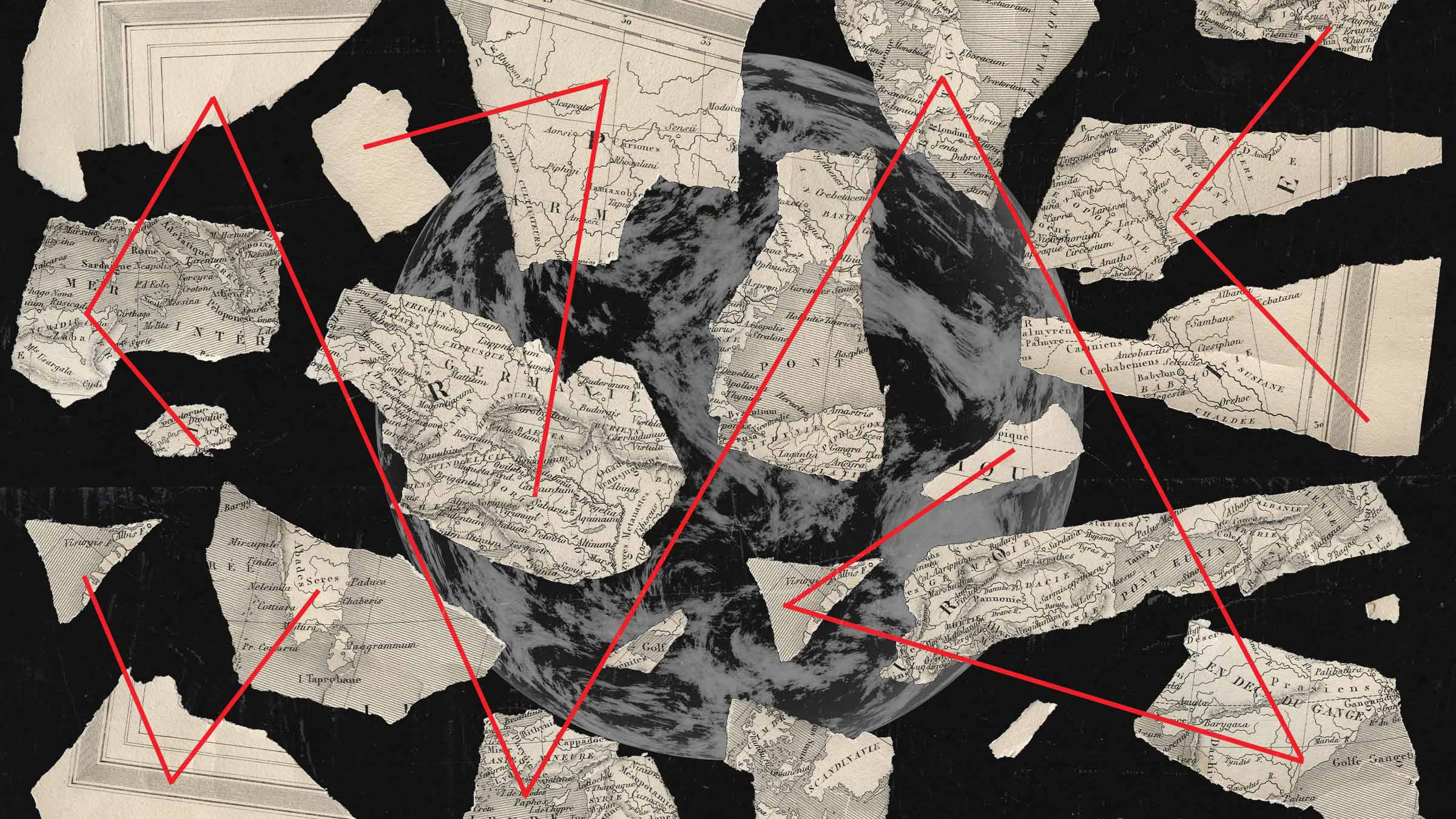During the era of globalization, characterized by electronic communication and information networks, different countries experienced various stages of modernization. Some countries embraced postmodernity and moved away from traditional morality, while others modernized technologically and economically while trying to maintain their traditional values. These countries were reluctant to adopt the free-thinking mindset of postmodern philosophies and instead focused on criticizing Enlightenment culture in the fields of philosophy and ethics. As a result, they did not fully engage with the cultural and artistic movements of the modern and postmodern Western societies, which included abstract paintings, experimental novels, and unconventional music. This situation, seen as a schizophrenic attempt to integrate into global culture and economy, fueled the search for truth and meaning in Western life through a combination of traditional wisdom, religious ideology, and new interpretations of enlightenment and existentialist ideas. In non-Western societies, especially in the Middle East and Iran, which had limited cultural and artistic integration with the West, there was a movement towards the revival of traditional values, religion, and spirituality. In recent years, Eastern and Islamic arts have gained global recognition and appreciation, with many Western artists drawing inspiration from figures such as Rumi, Bidel, and Hafez. However, some Westernized Iranians are neglecting the potential of their own artistic and spiritual heritage, while many Iranian immigrants assimilate into Western culture and art. Despite these challenges, there is still a strong belief that the truth and essence of Iranian, Islamic, and Eastern art will continue to influence and inspire artistic revolutions. Western artists, on the other hand, are often seen as simulating the end of an era through their postmodern art, which aims to deconstruct and challenge the established artistic language of the Enlightenment and other eras. This destruction of traditional forms and expressions started with architecture, painting, and music, and gradually spread to literature and theater. Some artists even seek to erase the entire history of art. Pop art, in particular, is seen as a form of expression for today’s disillusioned youth who are searching for meaning in an increasingly chaotic and interconnected world. This shift towards faster beats and louder lyrics reflects the frustration and hopelessness many young people feel. In contrast, Eastern musicians tend to be more traditional and fail to connect with the realities of the contemporary world and the global destruction of Western culture. However, there is still a belief that artists in the East can find a truth that has not yet been expressed by breaking free from the limitations of past revolutions and obsolete traditions. By destroying and deconstructing artistic languages, artists are paving the way for a new era of art that transcends the limitations of the modern world and embraces spirituality and religious symbolism. In this sense, artists are leading the way towards a new world where art becomes a means of expression, imagination, and spiritual connection. (source: artqom)
Recent Posts
- Unmasking Sexual Corruption: The Disturbing Truth Behind the Cannes Festival Exposed by American Media
- Supreme Court Upholds Revocation of Jammu and Kashmir’s Special Status, Orders State Restoration and Elections
- Muslim American Leaders Rally Against Biden’s Stance on Israel, Threatening Electoral Support
- UK Signs New Treaty with Rwanda to Revive Controversial Migrant Plan
- Iran Criticizes Security Council’s Failure in Ensuring Peace, Calls for Democratic Reform
Most Used Categories
- WORLD (8)
- United states (1)
- England (1)
- SCIENCE & TECH (5)
- VIDEO (4)
- OPINION (3)
- ECONOMY & BUSINESS (2)
- CULTURE & ARTS (2)

